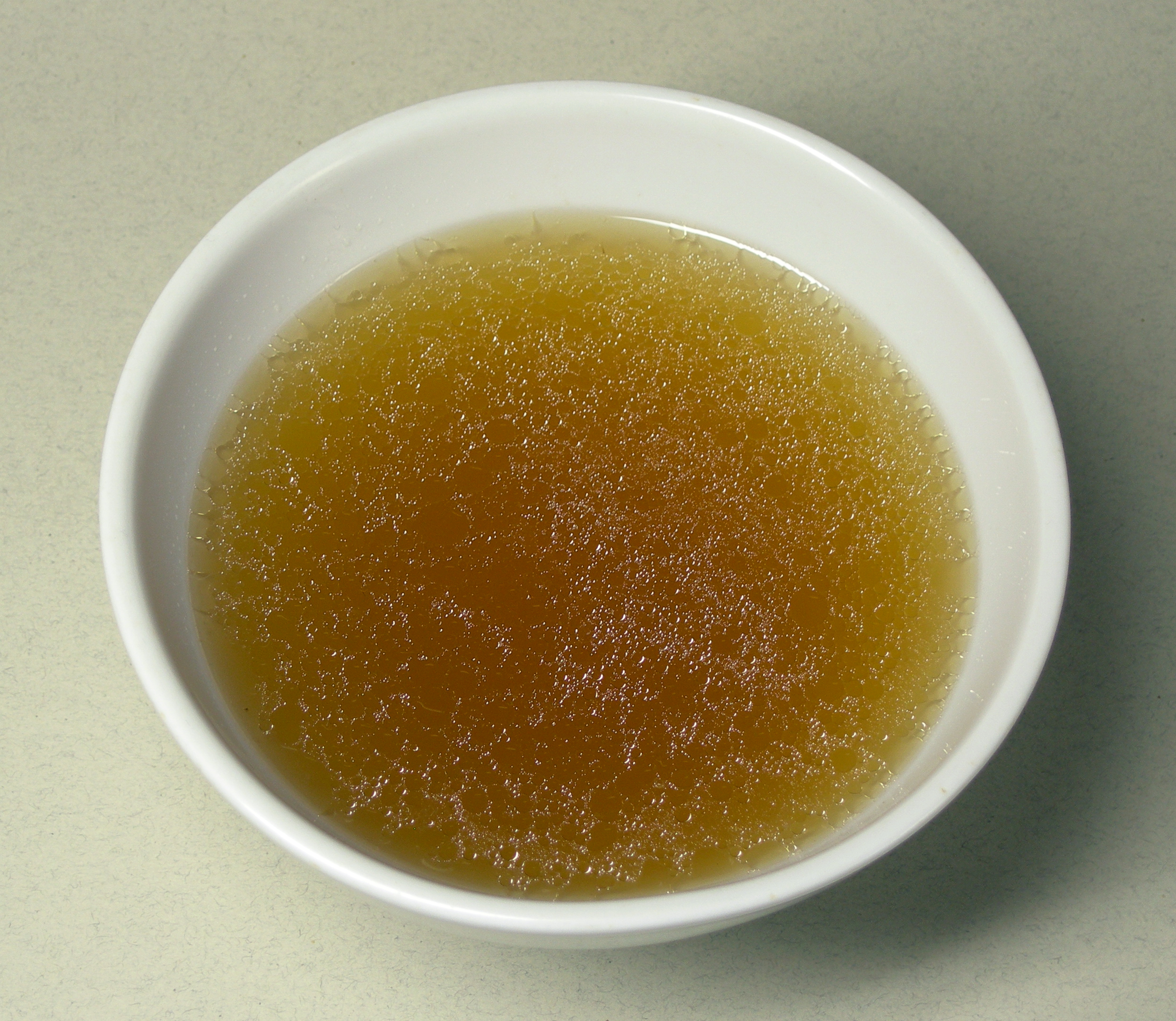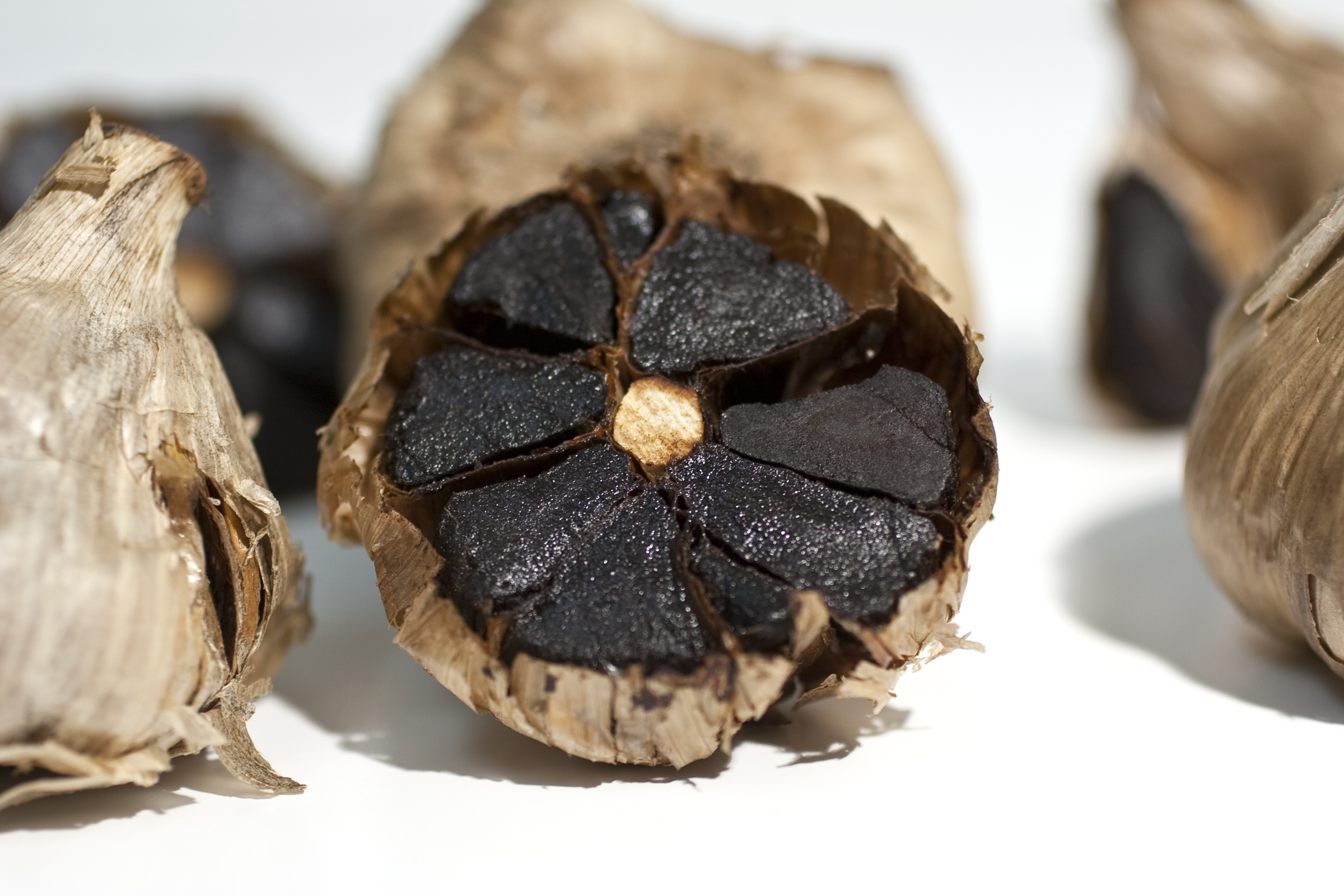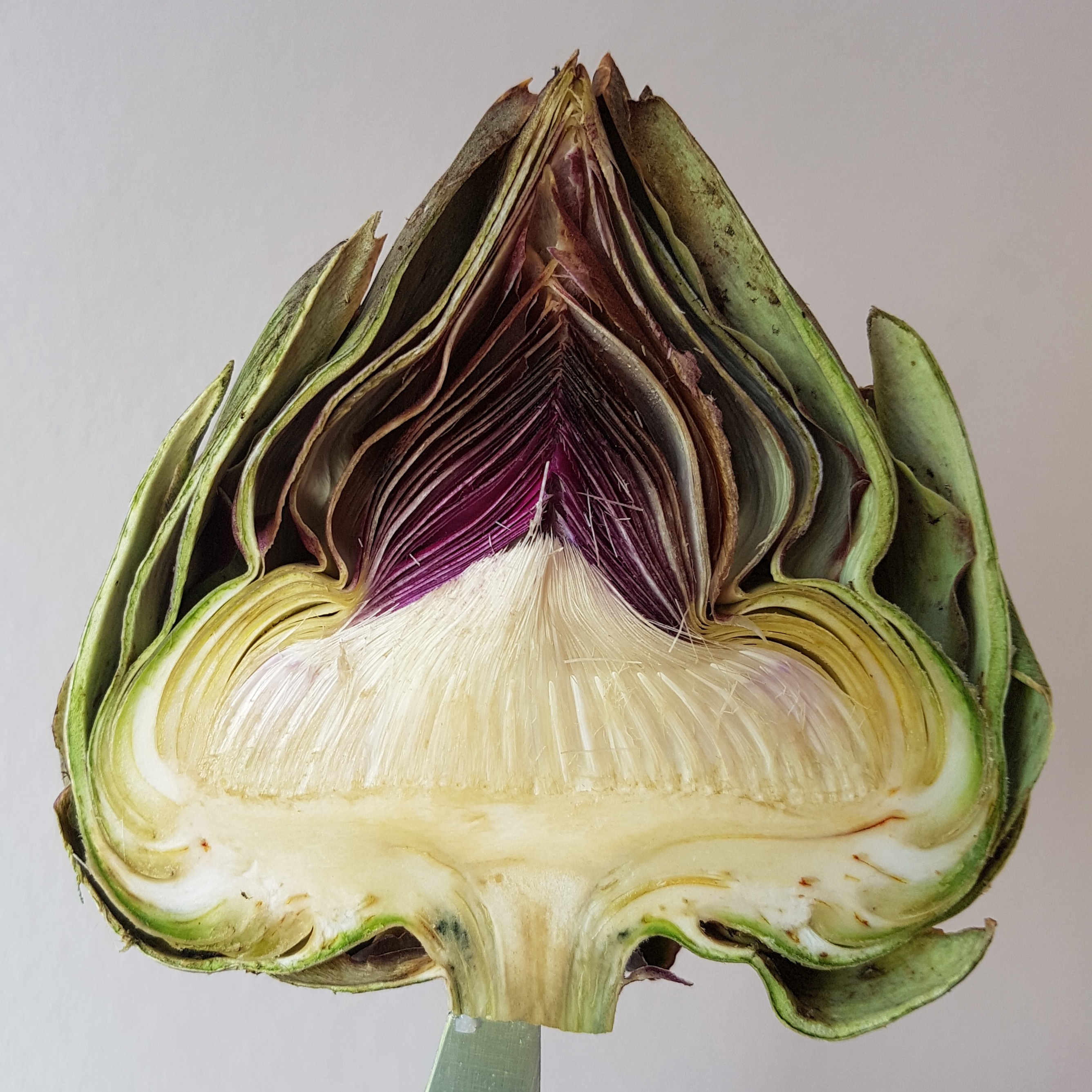|
Top Chef Canada (season 1)
The first season of the Canadian reality competition show ''Top Chef Canada'' was broadcast on Food Network (Canada), Food Network in Canada. It is a Canadian spin-off of Bravo's hit show ''Top Chef''. In the first season, 16 chefs competed against each other in weekly challenges. The program took place in Toronto. In the season finale that premiered on July 4, 2011, Dale MacKay was crowned Top Chef Canada. Contestants Sixteen chefs competed in season one. Names, ages, hometowns, and cities of residence (at time of filming) are from the Food Network Canada website. In the order eliminated: * Michael Stauffer, 30, Dundas, Ontario, Dundas, ON * Clayton Beadle, 26, Whistler, British Columbia, Whistler, BC * Rebekah Pearse, 29, Calgary, AB * Steve Gonzales, 35, Toronto, ON * Derek Bocking, 30, Montreal, QC * Jamie Hertz, 31, Nelson, British Columbia, Nelson, BC * Chris Kanka, 34, Toronto, ON * Patrick Wiese, 40, Toronto, ON * Todd Perrin, 40, Quidi Vidi, Quidi Vidi Village, St. John's, ... [...More Info...] [...Related Items...] OR: [Wikipedia] [Google] [Baidu] |
Food Network (Canada)
Food Network, formerly called Food Network Canada, is a Canadian English language specialty channel based on the U.S. cable network of the same name. It airs programming related to food, cooking, cuisine, and the food industry. The Canadian version of Food Network is a joint venture between Corus Entertainment and the U.S. network's parent company Television Food Network, G.P. (which is majority-owned by Warner Bros. Discovery). History The U.S. Food Network was available in Canada since 1997 and became one of the more popular foreign cable channels available in Canada. This prompted the creation of a Canadian version which would then be able to access ad revenue through commercials under Canadian Radio-television and Telecommunications Commission (CRTC) regulations. Corus Entertainment and Alliance Atlantis launched the channel on October 9, 2000 at 6:00 a.m. EST. The licence for Food Network Canada was approved by the CRTC in early 2000. The channel was launched in Octo ... [...More Info...] [...Related Items...] OR: [Wikipedia] [Google] [Baidu] |
Rob Feenie
Robert Feenie is a Canadian chef based in Vancouver, British Columbia. Culinary career His interest in cooking began during a high school exchange program in Europe. He attended Dubrulle Culinary Institute (now part of The Art Institute of Vancouver). After graduation, Feenie worked as a sous chef at various restaurants, including The Rim Rock Café and Oyster Bar in Whistler, British Columbia and The Cherrystone Cove and Le Crocodile in Vancouver. While at Le Crocodile, Feenie worked stages in France and the United States. Later, Feenie opened Accolade Restaurant in the Crowne Plaza Hotel in Toronto. Rob Feenie was the founder, co-owner and executive chef of Lumière and Feenie's in Vancouver. Those restaurants garnered critical and public success, including being awarded the prestigious Relais Gourmand designation, four stars from the Mobil Travel Guide and the AAA Diamond Award. In late 2007, Feenie was involved in a dispute with his then business partners. Ultimately, Feeni ... [...More Info...] [...Related Items...] OR: [Wikipedia] [Google] [Baidu] |
Blini
A blini (sometimes spelled bliny) ( pl., diminutive: блинчики, ''blinchiki'', dialectal, diminutive: млинчики, ''mlynchiki'') or, sometimes, blin (more accurate as a single form of the noun), is a Russian and more broadly Eastern European pancake traditionally made from wheat or (more rarely) buckwheat flour and served with smetana, tvorog, butter, caviar and other garnishes. Blini are among the most popular and most-eaten dishes in Russia. In the West, blini traditionally refers to small (2-4 inches in diameter) savory pancakes made with leavened batter. In modern Russian, the term most often refers to pan-sized leavened thin pancakes, although smaller leavened pancakes are also called blini and were much more common historically. Some English dictionaries record usage of the forms ''blin'' as singular and ''blini'' or ''bliny'' as plural, which corresponds to the original Russian forms, but other dictionaries consider this usage so rare in English that they d ... [...More Info...] [...Related Items...] OR: [Wikipedia] [Google] [Baidu] |
Amuse-bouche
An ''amuse-bouche'' (; ) or ''amuse-gueule'' (, ; ) is a single, bite-sized'' hors d'œuvre''. Amuse-bouches are different from appetizers in that they are not ordered from a menu by patrons but are served free and according to the chef's selection alone. These are served both to prepare the guest for the meal and to offer a glimpse of the chef's style. The term is French and literally means "mouth amuser". The plural form may be ''amuse-bouche'' or ''amuse-bouches''. In France, is traditionally used in conversation and literary writing, while ''amuse-bouche'' is not even listed in most dictionaries, being a euphemistic hypercorrection that appeared in the 1980s on restaurant menus and used almost only there. (In French, ''bouche'' refers to the human mouth, while ''gueule'' may mean the mouth or snout of an animal, though commonly used for ''mouth'' and derogatory only in certain expressions.) In restaurants The amuse-bouche emerged as an identifiable course during the nouve ... [...More Info...] [...Related Items...] OR: [Wikipedia] [Google] [Baidu] |
Breakfast
Breakfast is the first meal of the day usually eaten in the morning. The word in English refers to breaking the fasting period of the previous night.Anderson, Heather Arndt (2013)''Breakfast: A History'' AltaMira Press. Various "typical" or "traditional" breakfast menus exist, with food choices varying by regions and traditions worldwide. History The English word "dinner" (from Old French ) also referred originally to breaking a fast; until its meaning shifted in the mid-13th century it was the name given to the first meal of the day. The tradition of eating a morning meal has existed since ancient times, though it was not until the 15th century that "breakfast" came into use in written English as a calque of dinner to describe a morning meal: literally a breaking of the fasting period of the night just ended. In Old English the term had been , literally "morning food." Ancient breakfast Ancient Egypt In Ancient Egypt, peasants ate a daily meal, most likely in the morning, ... [...More Info...] [...Related Items...] OR: [Wikipedia] [Google] [Baidu] |
Vikram Vij
Vikram Vij (born 1964)Vikram Vij of Vij's - Biography Vancouver, BC starchefs, June 2011. is an Indian-born Canadian chef, cookbook author, and television personality. He is co-owner, with his ex-wife , of the restaurants Vij's Restaurant and Rangoli Restaurant in , |
Consommé
In cooking, a consommé is a type of clear soup made from richly flavoured stock or broth that has been clarified, a process that uses egg whites to remove fat and sediment. Consommé has three English pronunciations: traditionally in the UK, the stress is on the middle syllable; in modern UK English, the stress is on the first; and in the US the stress is on the last. Cooking and serving A consommé is made by adding a mixture of ground meats, together with mirepoix (a combination of carrots, celery, and onion), tomatoes, and egg whites into either bouillon or stock. The key to making a high quality consommé is simmering; the act of simmering, combined with frequent stirring, brings impurities to the surface of the liquid, which are further drawn out due to the presence of acid from the tomatoes. Eventually, the solids begin to congeal at the surface of the liquid, forming a 'raft', which is caused by the proteins in the egg whites. Once the 'raft' begins to form, the heat is ... [...More Info...] [...Related Items...] OR: [Wikipedia] [Google] [Baidu] |
Chèvre
Goat cheese, or chèvre ( or ; from French ''fromage de chèvre'' 'goat cheese'), is cheese made from goat's milk. Goats were among the first animals to be domesticated for producing food. Goat cheese is made around the world with a variety of recipes, giving many different styles of cheese, from fresh and soft to aged and hard. Properties History Goats produce high quality, nutrition-rich milk under even the most difficult environments making them valuable to arid or mountainous areas where cows and sheep can not survive. Goats were one of the earliest animals domesticated to suit human needs- more specifically milk production- going back to 8,000 B.C., 10,000 years ago. Goat cheese has been made for at least as far back as 5,000 B.C. Meanwhile, the first documented proof of humans making cheese is 7,500 years ago in Poland. Nutritional value Goat milk has a higher proportion of medium-chain fatty acids such as caproic and caprylic which contributes to the characteri ... [...More Info...] [...Related Items...] OR: [Wikipedia] [Google] [Baidu] |
Craterellus Cornucopioides
''Craterellus cornucopioides'', or horn of plenty, is an edible mushroom. It is also known as the black chanterelle, black trumpet, trompette de la mort (French), trombetta dei morti (Italian) or trumpet of the dead, djondjon (Haitian). The Cornucopia, in Greek mythology, referred to the magnificent horn of the nymph Amalthea (mythology), Amalthea's goat (or of herself in goat form), that filled itself with whatever meat or drink its owner requested. It has become the symbol of plenty. A possible origin for the name "trumpet of the dead" is that the growing mushrooms were seen as being played as trumpets by dead people under the ground. Description The fruiting body does not have a separation into stalk and cap, but is shaped like a funnel expanded at the top, normally up to about tall and in diameter, but said to grow exceptionally to tall. The upper and inner surface is black or dark grey, and rarely yellow. The lower and outer fertile surface is a much lighter shade of gre ... [...More Info...] [...Related Items...] OR: [Wikipedia] [Google] [Baidu] |
Black Garlic (food)
Black garlic is a type of aged garlic that is colored deep brownish-black. The process is of East Asian origin. It is made by placing garlic (''Allium sativum'') in a warm, moist, controlled environment over the course of several weeks, a process that produces black cloves. Black garlic is used in a wide variety of culinary applications. Production Black garlic is made when heads of garlic, or separated cloves, are aged in an environment of controlled humidity (80 to 90%) at temperatures ranging from for 15 to 90 days (typically 85% humidity at 70 °C for 40 days). No additives or preservatives are used and there is no burning of any kind. The enzymes that give fresh garlic its sharpness break down. The cloves turn black and develop a sticky date-like texture. Bacterial endophytes capable of fermentation and with strong heat resistance have been identified in common garlic and black garlic. These may have relevance in black garlic production. Flavor profile In black garl ... [...More Info...] [...Related Items...] OR: [Wikipedia] [Google] [Baidu] |
Hollandaise Sauce
Hollandaise sauce ( or ; ), also called Dutch sauce, is a mixture of egg yolk, melted butter, and lemon juice (or a white wine or vinegar reduction). It is usually seasoned with salt, and either white pepper or cayenne pepper. It is well known as a key ingredient of eggs Benedict, and is often served on vegetables such as steamed asparagus. Origins ''Sauce hollandaise'' is French for "Hollandic sauce". The name implies Dutch origins, but the actual connection is unclear. The name "Dutch sauce" is documented in English as early as 1573, though without a recipe showing that it was the same thing. The first documented recipe is from 1651 in La Varenne's ''Le Cuisinier François'' for "asparagus with fragrant sauce": Not much later, in 1667, a similar Dutch recipe was published. There is a popular theory that the name comes from a recipe that the French Huguenots brought back from their exile in Holland. La Varenne is credited with bringing sauces out of the Middle Ages ... [...More Info...] [...Related Items...] OR: [Wikipedia] [Google] [Baidu] |
Artichoke
The globe artichoke (''Cynara cardunculus'' var. ''scolymus'' ),Rottenberg, A., and D. Zohary, 1996: "The wild ancestry of the cultivated artichoke." Genet. Res. Crop Evol. 43, 53–58. also known by the names French artichoke and green artichoke in the U.S., is a variety of a species of thistle cultivated as food. The edible portion of the plant consists of the flower buds before the flowers come into bloom. The budding artichoke flower-head is a cluster of many budding small flowers (an inflorescence), together with many bracts, on an edible base. Once the buds bloom, the structure changes to a coarse, barely edible form. Another variety of the same species is the cardoon, a perennial plant native to the Mediterranean region. Both wild forms and cultivated varieties (cultivars) exist. Description This vegetable grows to tall, with arching, deeply lobed, silvery, glaucous-green leaves long. The flowers develop in a large head from an edible bud about diameter with numerou ... [...More Info...] [...Related Items...] OR: [Wikipedia] [Google] [Baidu] |

.jpg)





